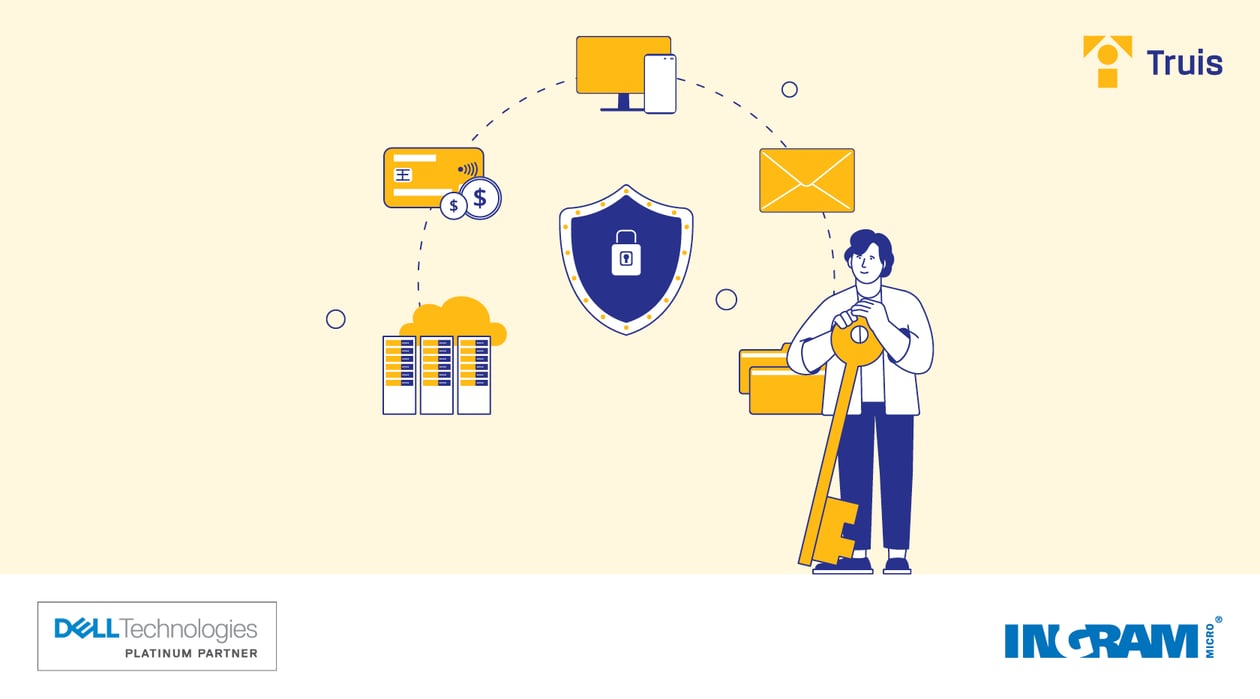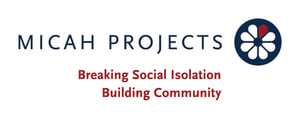
We are all well aware that when it comes to protecting your data in the event of a cyber-attack or breach, it pays to be proactive. However, most of us are battling skills and resource shortages, making this a real challenge despite our best efforts.
It’s far from a surprise that the most recent Australian Cyber Security Centre report (FY20/21) showed an increase of nearly 13% in reported cybercrime compared to the previous year[1] , with 2022 having seen a staggering number of incidents.
[1] ACSC Annual Cyber Threat Report 20/21
.
But now, on to the good news, we’re here to unpack how you can protect your data and be confident that you can make a rapid recovery if your environment becomes compromised.
So let’s talk about the components that ensure your data recovery:
Making your data immutable
After isolation, the next essential step is to ensure your data is immutable (cannot be modified). So, this might mean dual-user authentication is required before any data destruction, for example, giving you extra protection against threats to your backup environment.
Your data has been copied, isolated, and locked without the potential for tampering – now we want to ensure your backups aren’t also vulnerable in the event of an attack.
The good kind of isolation!
No, we’re not talking about the sad kind of isolation we’ve experienced over the past two years.
Historically we were continually educated on the notion that regular back-ups were the key to a fast recovery. However, the Australian Cyber Security Centre has observed that increasingly sophisticated cybercriminals will locate and target backups that have not been isolated from the network – maximising the impact of their ransomware and increasing the likelihood of targeted businesses paying ransom demands.
When implementing processes and systems to guarantee your essential data is recoverable, focus on ensuring back-ups are up to date and, most importantly, isolated.
In the past, data would have been backed-up in data centres on-premises – making it easier to contain and locate. But today, with multi-cloud solutions, data is stored everywhere. So it’s a case of understanding where your data lives, having a clear plan to back up your data and keeping it separate from your primary data locations.
Dell Technologies can provide secure data isolation via policy-driven automated workflows to securely move business-critical data into an isolated environment. An intuitive dashboard gives you the power to create protection policies in less than 5 steps while monitoring potential threats in real-time.
Creating a safe recovery environment
Having an immutable and isolated copy of your data is a great start, but now we need to start thinking of the time required to restore your backup environment if it is affected by a cyber breach.
Now what would be the financial impact on your organisation if it was down for all this time? A safe data backup recovery environment (sometimes called a vault or bunker) means your essential data is stored together with additional infrastructure that allows recovery of backup data from the vault.
At Truis, the Dell Technologies PowerProtect Cyber Recovery is one that we recommend leveraging. Why? This is a solution designed to isolate, lock and protect your backups; machine learning identifies suspicious activity and allows you to recover known good data and resume normal business operations with confidence.
Having detached, safe recovery in place means you’re on the front foot to recover essential data quickly in the case of a security breach, as your backups won’t be part of the core network of your business. They’re stored elsewhere, locked away, and protected.
While the constant threat of cyber-attacks and security breaches looming can feel overwhelming, by taking a proactive approach with your data backups, you’ll be in a position to recover your essential information rapidly and be less vulnerable to ransoms and critical business downtime.
Dell Technologies PowerProtect Cyber Recovery, which we started exploring earlier, is a solution designed to isolate, lock and protect your backups; machine learning identifies suspicious activity and allows you to recover known good data and resume normal business operations with confidence.
Where to start?
Truis and Dell Technologies can assist you with data backup strategies by accessing a free cyber resiliency assessment; this quick but comprehensive health check measures your organisation’s ability to detect, respond to and recover from cyber threats.
Yes, Let’s Go: https://truis.com.au/contact/




